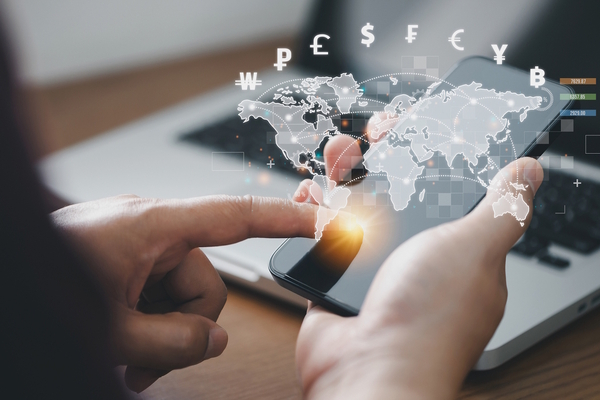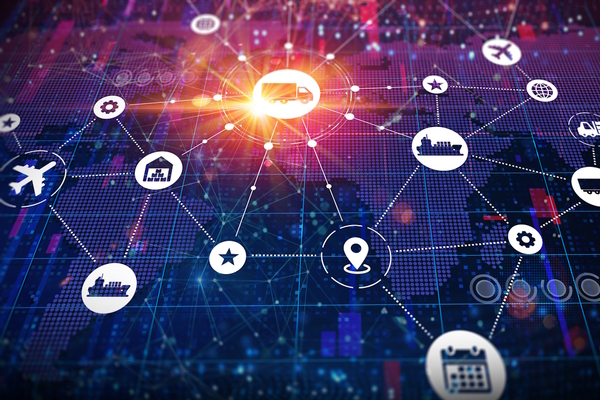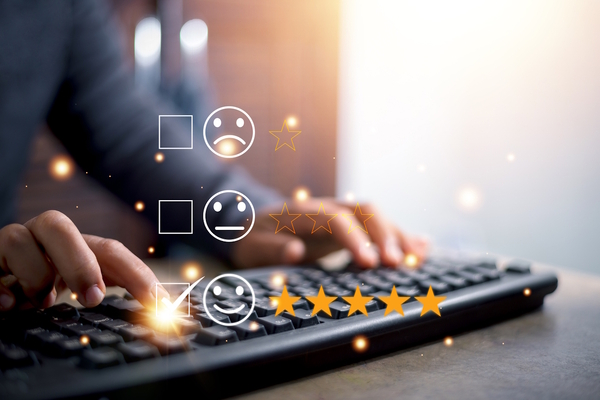IP and GenAI: Can I protect my GenAI outputs?

Dr Diego Black at European intellectual property firm Withers & Rogers explains the relationship between generative AI and Intellectual Property protection
Businesses in many sectors of industry are embracing GenAI and using it to improve operational efficiency or enhance their product portfolios. Understanding the role of intellectual property (IP) protection and how to achieve it, is key to securing a commercial advantage.
The idea of using GenAI models to streamline and accelerate business processes is nothing new, but increasingly, companies are looking for ways to use their computational power to add value to products and services.
One example of this is the health and fitness monitoring app Whoop Coach by Whoop, which integrates with their fitness band to assess how much sleep a person is getting and how much physiological strain is being caused by their sporting activities. The Whoop Coach allows users to ask questions regarding their health and fitness, even designing training programmes based on their personal data. The app uses GenAI to add value to its services, so users gain access to a rich depth of knowledge and benefit from an enhanced personalised user experience.
Innovative GenAI use cases are emerging all the time. Some financial services companies and investment banks are using GenAI models to track changes in stock market valuations and flag customer accounts where intervention might be needed.
In other cases, high-value manufacturers are investing in large language models (LLMs), trained using their own data to help develop new source code, or fix bugs or errors in existing code, with the aim of minimising downtime and boosting productivity.
Despite the exciting possibilities, it is important for businesses that are keen to embrace GenAI to stay alert to its potential risks.
For example, many free versions of systems such as ChatGPT or Gemini will use inputted data to train subsequent versions and humans may also review the inputs and responses generated. Therefore, confidential information inputted to such systems has a risk of being made public. In a well-documented example, Samsung discovered too late that new source code it had developed, and other confidential information, had been uploaded to ChatGPT and had therefore been leaked.
There are also GDPR-related risks to consider, particularly if a standard GenAI model is being fed personal or other sensitive data, which could potentially find its way outside of the UK and the EU.
These risks can be mitigated by companies developing their own GenAI models or paying for models which do not reuse data for training or review the responses generated. Taking this more cautious approach, they could avoid relying on free versions of ChatGPT or Gemini and using them to answer critical business questions.
If businesses are hoping to turn their investment in GenAI into a commercial advantage, they should consider intellectual property (IP) protection, and they could start by weighing up the patentability of the ‘outputs’ generated by operatives using their GenAI models.
For a patent application to be successful in most jurisdictions around the world, the application must demonstrate that its innovation is both technological and has an “inventive step”. If the output of a human-led GenAI model was a new design for a new and improved hand-held DIY tool, for example, it is entirely possible that this product could achieve patent protection, effectively granting its owner 20 years of commercial exclusivity.
Not all patent applications for GenAI use cases will be that straightforward, however. Businesses may be surprised to know that using cutting edge computer-based technology in the form of GenAI to refine their operating model, won’t automatically confer patentability.
In fact, if the use case of the GenAI is obvious, i.e. a straightforward application of a GenAI model to a pre-existent scenario or model, the outputs may well be seen as obvious and therefore are unlikely to be patentable, regardless of how valuable they might be to the business.
In other scenarios, the use case of a bespoke GenAI model could be considered a business methodology or process, which would exclude it from patent protection in most global jurisdictions.
One crucial aspect to bear in mind when considering whether to apply for patent applications for inventions that utilise GenAI outputs is to ensure that the role played by human operatives is well explained and understood. This is because at UK Supreme Court hearing in Thaler v Comptroller-General of Patents, the judge found that only a human being can be named as an inventor. In the US, an invention that uses AI is only patentable if it can be shown that a human has made a significant contribution to the innovation process.
Whilst there are challenges for businesses using GenAI to enhance their products or processes, it is possible to secure patent protection, which could become valuable to the business and generate royalty income in the future.
Businesses should always consider IP as part of their product development and investment strategies and seek advice about how to commercialise their innovations.
Dr Diego Black is a partner and patent attorney at European intellectual property firm, Withers & Rogers.
Main image courtesy of iStockPhoto.com and May Lim

Business Reporter Team
Most Viewed
23-29 Hendon Lane, London, N3 1RT
23-29 Hendon Lane, London, N3 1RT
020 8349 4363
© 2024, Lyonsdown Limited. Business Reporter® is a registered trademark of Lyonsdown Ltd. VAT registration number: 830519543





